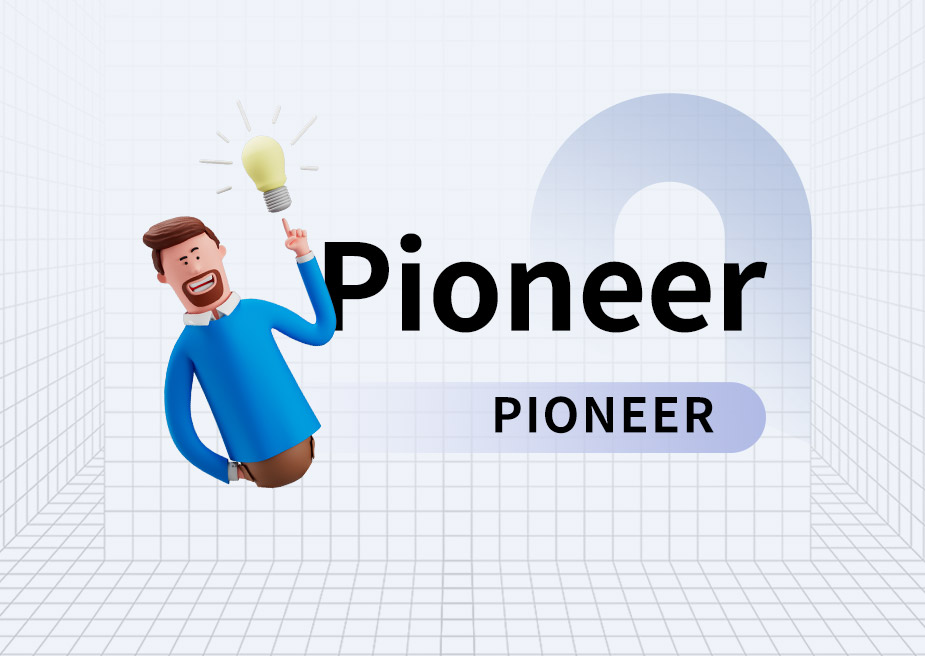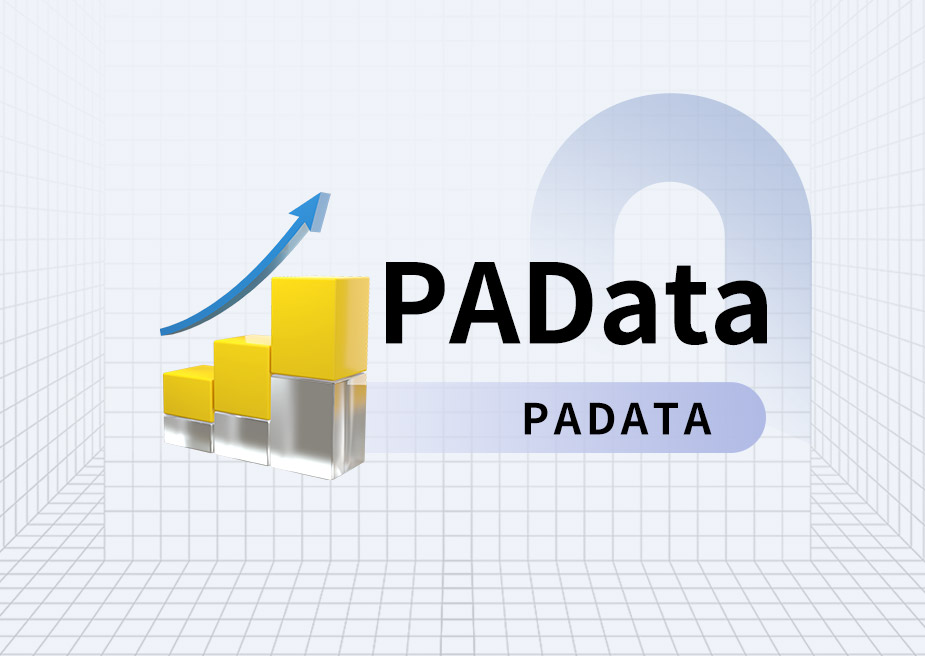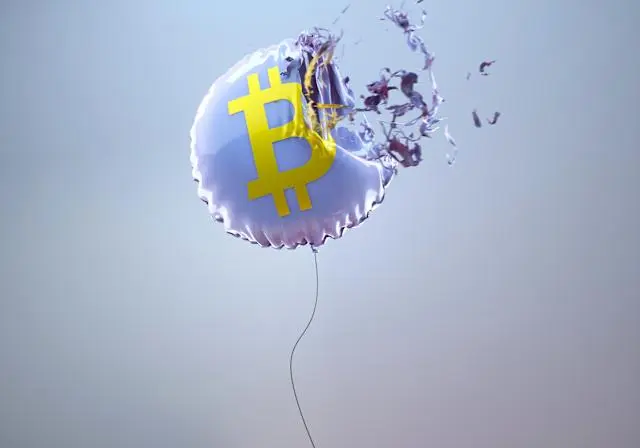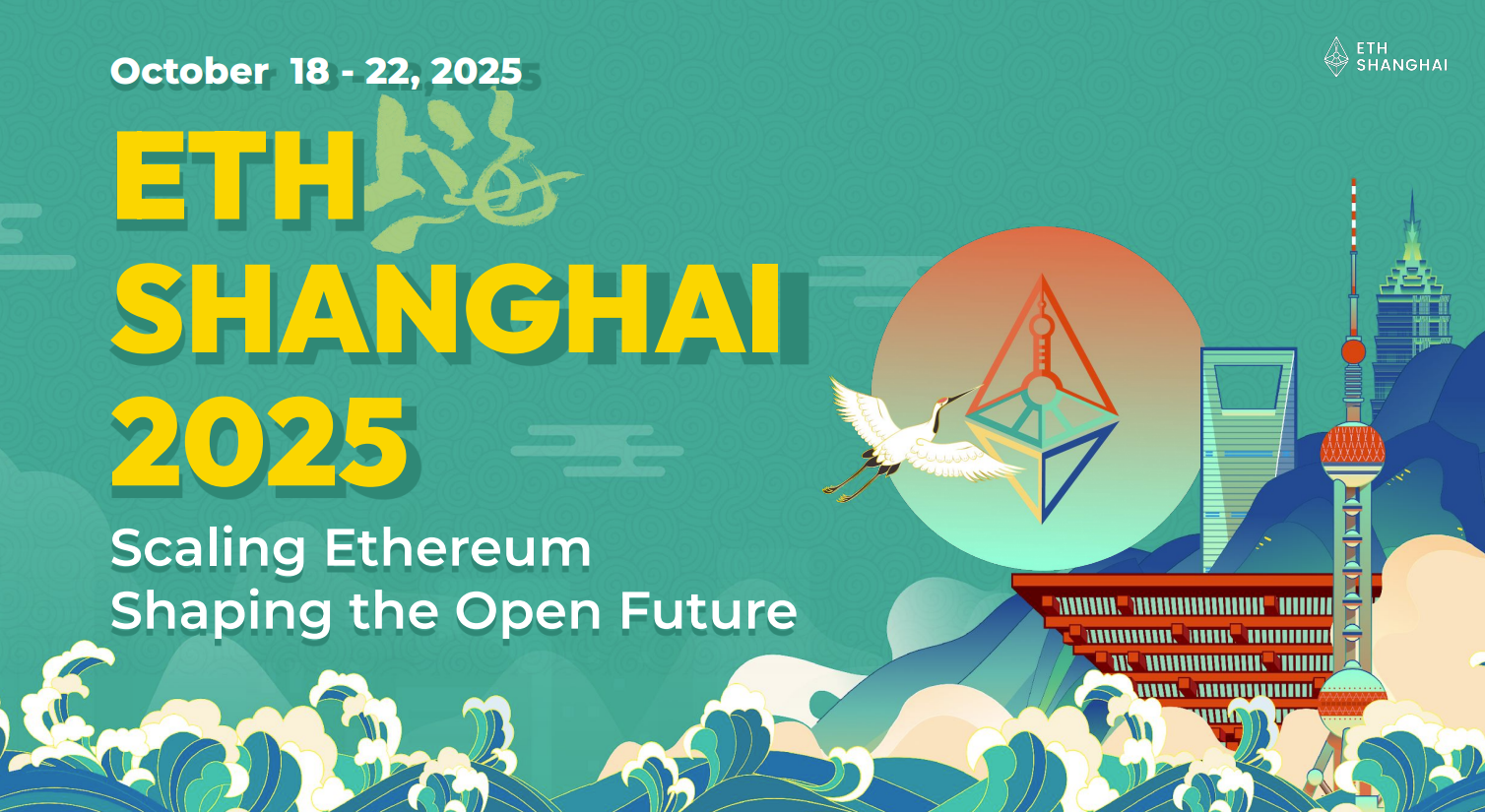By Nancy & Frank, PANews
Last weekend, a tweet from Ethereum co-founder Vitalik Buterin triggered a surge in the price of the established L2 token ZKsync, also boosting the popularity of the Layer 2 ecosystem. Meanwhile, with leading projects continuing to exert their strength, trading activity within the Ethereum L2 ecosystem is steadily increasing.
Vitalik strongly supports ZKsync, leading to increased activity, but overall activity remains low.
Amid a general decline in the crypto market, a tweet from Vitalik boosted the overall growth of the Layer 2 ecosystem, led by ZKsync, becoming one of the few bright spots against the trend.
On November 1st, ZKsync co-founder Alex published an article on social media titled "Ethereum is now the main capital hub of ZKsync." Vitalik subsequently reposted the article, stating that ZKsync has done much undervalued but valuable work within the Ethereum ecosystem and expressing anticipation for its upcoming new features.
As a result, Coingecko data shows that the price of ZKsync token ZK surged by as much as 150.34%, reaching a new high in nearly six months. Meanwhile, Layer 2 tokens including MINA, SCR, and STRK also saw significant increases.
ZKsync's surge is not only due to Vitalik's attention, as he has interacted with ZKsync multiple times before, but the more crucial driving factor is the Atlas upgrade.
According to Alex, ZKsync's Atlas upgrade makes Ethereum its capital hub, enabling ZKsync-based chains to directly access Ethereum liquidity without relying on independent liquidity pools, thus completely reshaping the L1 and L2 funding structures. This upgrade not only achieves real-time liquidity interoperability between L1 and L2, but also brings core performance improvements such as 15,000+ TPS, 1-second ZK final confirmation, and near-zero transaction fees, enabling Ethereum to become an institutional-grade real-time settlement center.
In practical terms, the more significant aspect of the Atlas upgrade lies not so much in the performance improvement of exceeding 15,000 TPS, but rather in breaking down the liquidity silos between various L2 blockchains. By facilitating communication between ZK chains through the "ZK Gateway" middleware component, the direct result is that L2-to-L2 transactions can be completed in approximately one second. If this technology achieves its intended development goals, it has the potential to truly integrate Ethereum's L2 blockchains into a unified whole. This is extremely important for the Ethereum ecosystem.
Furthermore, the performance improvements have opened up more possibilities for institutions in areas such as RWA (Real-Time Asset Wafer). Prior to this, ZKsync had been actively pursuing institutional business, even ranking as the third largest RWA asset public chain. Recently, ZKsync also launched Prividium, an institutional private blockchain infrastructure designed to provide enterprise-grade privacy protection, built-in compliance, and seamless connectivity with Ethereum. According to official disclosures, since its launch, over 30 traditional institutions, including Citibank, Deutsche Bank, and Mastercard, have joined.
Furthermore, the core technology behind ZKsync, zero-knowledge proof (ZK), is a key innovation in Ethereum scaling, balancing high scalability with strong privacy, and is widely recognized as a production-ready technological cornerstone. Recently, a16z crypto's "Cryptocurrency 2025 Report" pointed out that the prosperity of applications is inseparable from the maturity of infrastructure. Over the past five years, total blockchain transaction throughput has increased 100-fold, and the widespread adoption of Ethereum L2 has reduced the average transaction cost to below one cent, making the block space connected to Ethereum both cheap and abundant. Among many technologies, zero-knowledge proof (ZK) is rapidly moving from academic research to critical infrastructure, and has been integrated into rollups, compliance tools, and mainstream network services.
Fueled by positive news, ZKsync's active addresses have seen a rare rebound, rising 26% in the past 30 days. However, as of October 27th, daily active users were only 10,400, still at a very low level. This figure ranks 60th among all Ethereum blockchain platforms and is also among the lowest in Ethereum L2.
Judging from its TVL (TVL), ZKsync's mainnet data remains sluggish, at only $44.55 million. However, according to its official website, ZKsync's elastic network currently comprises 18 chains, with a combined TVL of $3.3 billion. From this perspective, ZKsync is essentially more of a B2B technology service provider, with its ecosystem performance still lackluster. In short, as a supporting player in the Ethereum L2 ecosystem, ZKsync has performed exceptionally well, but its core strengths remain largely untapped.
Leading projects drove a strong rebound in L2 transactions, but overall valuations still shrank by nearly 90%.
According to a recent tweet from Routescan, all five of the top blockchain ecosystems in terms of transaction activity in October saw positive growth. This includes several Level 2 blockchains, such as Optimism Superchain with 486 million transactions (TXs) and Boba with 1.9 million TXs, indicating a recovery in the activity of the Level 2 ecosystem.
Overall, the Layer 2 ecosystem is showing signs of recovery, driven by leading projects, with many core indicators rebounding and some data even hitting new historical highs.
According to the latest data from Token Terminal, the monthly transaction volume of Ethereum Layer 2 networks continues its strong growth, with over 530 million transactions completed in October, setting a new record and approximately 11 times that of the mainnet (48 million transactions) during the same period. Among the various L2 networks, Base contributed a dominant 64.2% of the transaction volume (approximately 340 million transactions), becoming the most active chain in the ecosystem. Its surge in transactions may be stimulated by its token issuance plan. Arbitrum One and OP Mainnet followed, with transaction shares of approximately 15% and 12%, respectively.
Looking at monthly active user data, the L2 network showed a downward trend and increased divergence in October. The latest data from Token Terminal shows that L2 monthly active users reached 16.1 million, a 61.4% decrease from the historical peak of 41.7 million in June of this year, but still far exceeding the 8.3 million on the Ethereum mainnet. Among them, Base still maintains an absolute lead with a share of 67.1%, but its user growth rate has slowed significantly compared to previous months; Arbitrum One follows closely behind with a share of 22.9%, showing relatively stable performance; other chains such as zkSync Era, Starknet, and Blast also experienced significant user churn compared to their historical peaks.
Meanwhile, L2 network fees have also seen a significant rebound recently. Looking at daily fee revenue, after reaching a historical peak of over $560 million in May 2024, the L2 sector as a whole experienced a precipitous decline. Despite the Dencun upgrade significantly reducing data costs and more L2 projects scaling up and going live, fee revenue did not recover; instead, it shrank faster due to multiple factors, including a decline in on-chain activity, a cooling of the gas narrative, and lower-than-expected ecosystem deliveries. By October 2025, the monthly fees for the entire L2 sector were close to $160 million, only 28.1% of the peak, but still a new high since February of this year. Base, Arbitrum One, and OP Mainnet accounted for approximately 98.3% of the total fees.
In terms of fully diluted market capitalization (FDV), the L2 sector has been on a continuous downward trend since reaching its historical peak of over $57.37 billion last July. Despite more L2 projects issuing tokens during this period, the market capitalization did not recover; instead, it evaporated rapidly due to multiple factors, including a wave of token unlocks, weak narratives, and lower-than-expected ecosystem deliveries. By October 2025, the total FDV of the L2 sector was only about $7.23 billion, a mere 12.6% of its peak, equivalent to nearly 90% of the valuation bubble evaporating in just 15 months. Arbitrum, OP Mainnet, zkSync Era, and Starknet accounted for approximately 85% of the total FDV.
It's worth mentioning that Ethereum developers have officially set the Fusaka upgrade date for December 3rd, which will reduce L2 operating costs and increase throughput, further catalyzing the explosive growth and mainstream adoption of the L2 ecosystem.
Overall, the Layer 2 ecosystem is experiencing a phase of recovery, with technological upgrades and infrastructure improvements solidifying its long-term value. However, the ecosystem's ability to develop sustainably will depend on the actual implementation capabilities of core projects, the fulfillment of ecosystem promises, and the optimization of market funding structures.







